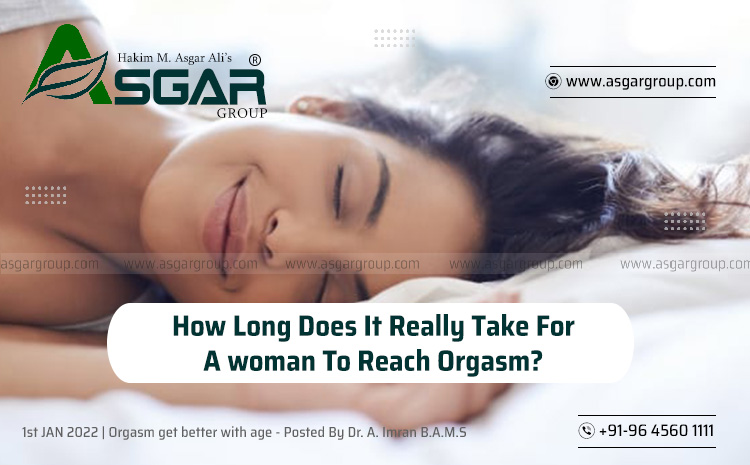
Orgasmic dysfunction is a condition that occurs when someone has difficulty reaching orgasm. This difficulty occurs even when they’re sexually aroused and there’s sufficient sexual stimulation. When this condition occurs in women, it’s known as female orgasmic dysfunction(FOD).
Orgasms are intense feelings of release during sexual stimulation. They can vary in intensity, duration, and frequency. Orgasms can occur with little sexual stimulation, but sometimes much more stimulation is necessary. Many women have difficulty reaching orgasm with a partner, even after ample sexual stimulation. Orgasmic dysfunction is also known as anorgasmia or female orgasmic disorder.
Orgasms are intense feelings of release during sexual stimulation. They can vary in intensity, duration, and frequency. Orgasms can occur with little sexual stimulation, but sometimes much more stimulation is necessary. Many women have difficulty reaching orgasm with a partner, even after ample sexual stimulation. Orgasmic dysfunction is also known as anorgasmia or female orgasmic disorder.
Symptoms of Female Orgasmic Disorder(FOD)?
Never having had an orgasm.
Having had orgasms in the past, but now having trouble reaching orgasm.
Having trouble reaching orgasm in certain situations.
Having markedly less frequent and less intense orgasms than previously experienced.
Having had orgasms in the past, but now having trouble reaching orgasm.
Having trouble reaching orgasm in certain situations.
Having markedly less frequent and less intense orgasms than previously experienced.
Types of Female Orgasmic Disorder
Primary anorgasmia: A condition in which you’ve never had an orgasm.
Secondary anorgasmia: Difficulty reaching orgasm, even though you’ve had one before.
Situational anorgasmia: The most common type of orgasmic dysfunction. It occurs when you can only orgasm during specific situations, such as during oral sex or masturbation.
General anorgasmia: An inability to achieve orgasm under any circumstances, even when you’re highly aroused and sexual stimulation is sufficient.
Secondary anorgasmia: Difficulty reaching orgasm, even though you’ve had one before.
Situational anorgasmia: The most common type of orgasmic dysfunction. It occurs when you can only orgasm during specific situations, such as during oral sex or masturbation.
General anorgasmia: An inability to achieve orgasm under any circumstances, even when you’re highly aroused and sexual stimulation is sufficient.
Causes of Female Orgasmic Disorder?
Female Orgasmic Disorder may stem from physical, psychological, or relationship issues. As women age, their estrogen and testosterone levels decrease, which can lead to a decline in orgasm intensity.
Psychologically speaking, women may be more likely to experience FOD if they feel guilty about having sex, struggle with depression or anxiety, are under a lot of stress, or have experienced sexual or emotional abuse. Finally, a woman’s relationship with her sexual partner(s) can contribute to FOD if the relationship in question involves unresolved issues, a lack of mutual attraction, poor communication, distrust, or past experiences of infidelity or abuse.
Psychologically speaking, women may be more likely to experience FOD if they feel guilty about having sex, struggle with depression or anxiety, are under a lot of stress, or have experienced sexual or emotional abuse. Finally, a woman’s relationship with her sexual partner(s) can contribute to FOD if the relationship in question involves unresolved issues, a lack of mutual attraction, poor communication, distrust, or past experiences of infidelity or abuse.
Summary
If you think you have orgasmic dysfunction, you should schedule an appointment with your doctor. Your doctor will be able to diagnose your condition and provide a proper treatment plan. Getting help from your doctor is the best way to ensure that you can fully enjoy sexual activity again.













